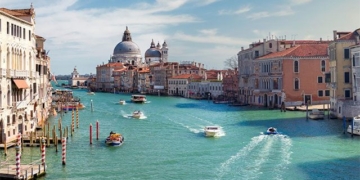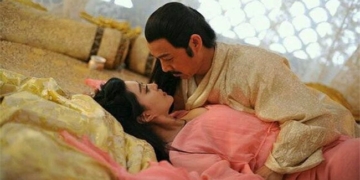The authentic trophy is engraved with the names of the champions, while the replica has a small hole.
On the evening of December 20, according to Vietnam time, which is the morning of the same day local time, the Argentina team boarded a bus for a parade around the capital city of Buenos Aires. Before the trophy procession, the heroes took the opportunity to capture numerous photos together.
Messi carried the trophy on his shoulder, took a selfie with two teammates, and provided the audience a glimpse of what was at the bottom of the cup. At the base, there is a small hole, seemingly meant to secure the trophy to its pedestal.
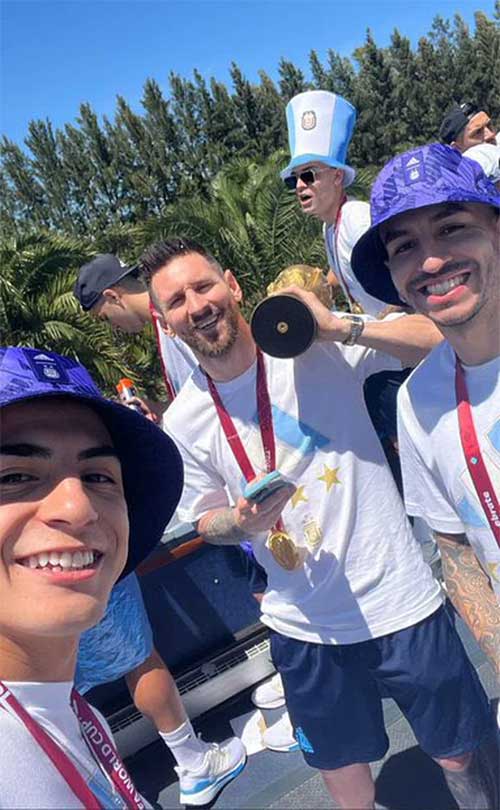
Messi carries the trophy on his shoulder, taking a selfie with two teammates.
This trophy is not the authentic one but merely a replica made of gold-plated bronze, which is why the base looks like that. The authentic trophy has the names of the champion teams engraved on the bottom. There have been 13 champions engraved, starting with West Germany in 1974 and currently Argentina in 2022.
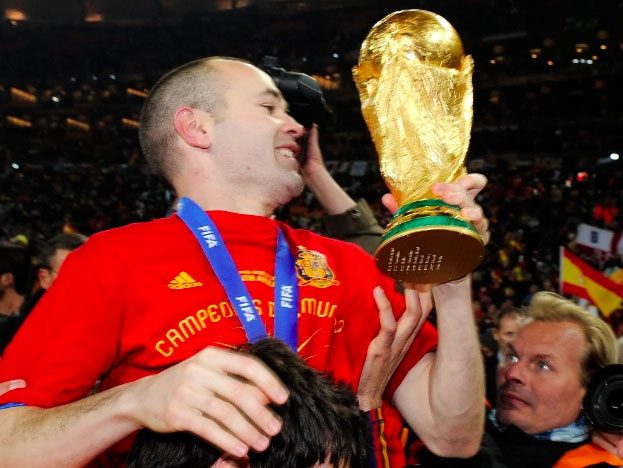
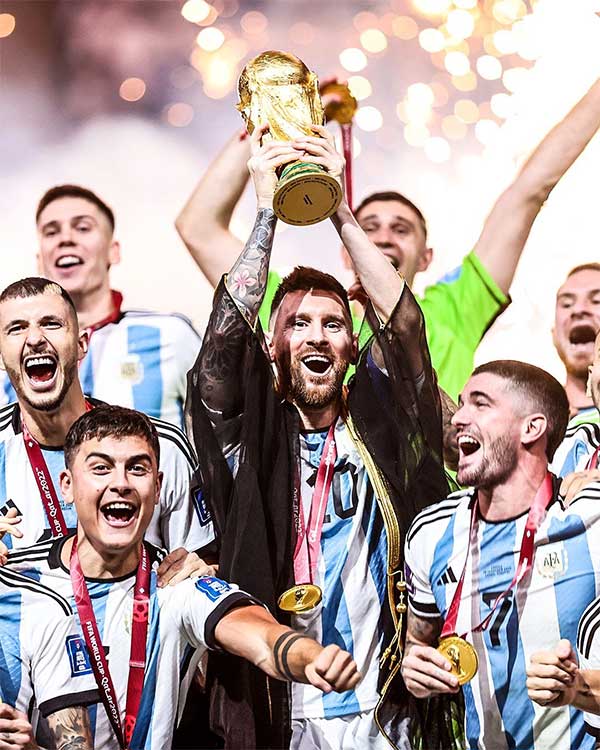
The champion in 2026 will first see Argentina 2022 engraved at the bottom.
Unlike the UEFA Champions League, which engraves the names before the crowning ceremony, the newly crowned World Cup champion does not see their name on the trophy during the celebration. It is only after they finish their celebrations and return the trophy for refurbishment that the name and year of their championship are engraved on the bottom. This means that the 2026 champion will be the first to see Argentina 2022 engraved underneath.
Messi and his teammates were not allowed to take the authentic trophy back to their country. The authentic trophy must be returned to the organizers before the team leaves Qatar. FIFA collects the trophy right after the celebration to take it for maintenance at GDE Bertoni, a workshop located in the suburbs of Milan, Italy.
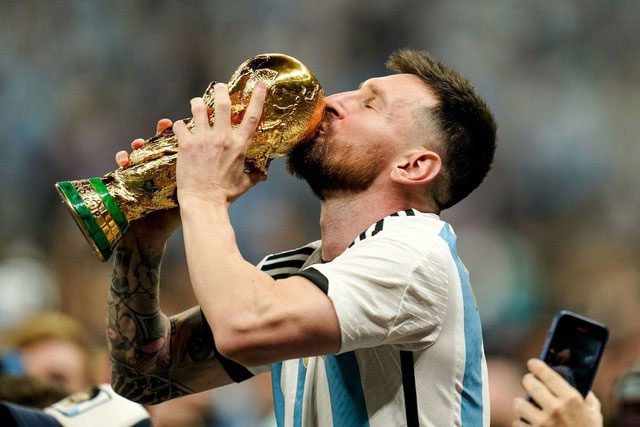
Messi and teammates were not allowed to take the authentic trophy back to their country.
As mentioned, it is only at this point that the artisans at Bertoni engrave the name of the new champion on the bottom of the trophy. They also refurbish the trophy to ensure it is clean and shiny after having passed through many hands and gotten dirty. Once the maintenance process is completed, the trophy is transferred to the Football Museum at FIFA’s headquarters in Zurich, Switzerland for display.
The FIFA gold trophy only leaves its storage location in three cases: first, to participate in the trophy parade tour around the world, second, for display during the World Cup group stage draw, and third, for display during the opening and final matches of the World Cup.
The authentic trophy stands 36.8 centimeters tall, made from over 6.1 kilograms of 18-karat gold, and of course, is hollow inside. At the base of the trophy are two bands of malachite, interspersed with the embossed inscription “FIFA WORLD CUP.” FIFA has learned from past experiences and no longer awards the trophy permanently to any team. Before 1974, FIFA awarded the Golden Goddess trophy to Brazil after their three championships. Brazil lost the trophy, and it has never been found since. It is suspected to have been melted down for sale.
Although the cost of making the authentic trophy is minimal compared to FIFA’s profits, they clearly do not produce a new authentic trophy for each tournament to present to the champion. It must be unique and the best for the trophy to retain its ultimate value. Mass production would significantly diminish its value; if every team had an authentic trophy, it would lose its uniqueness.



















































